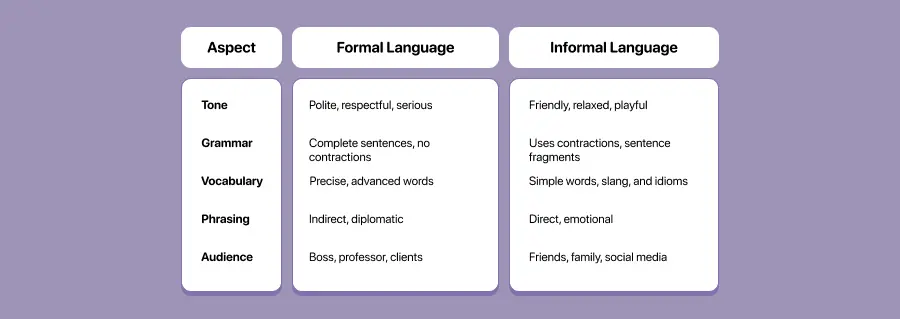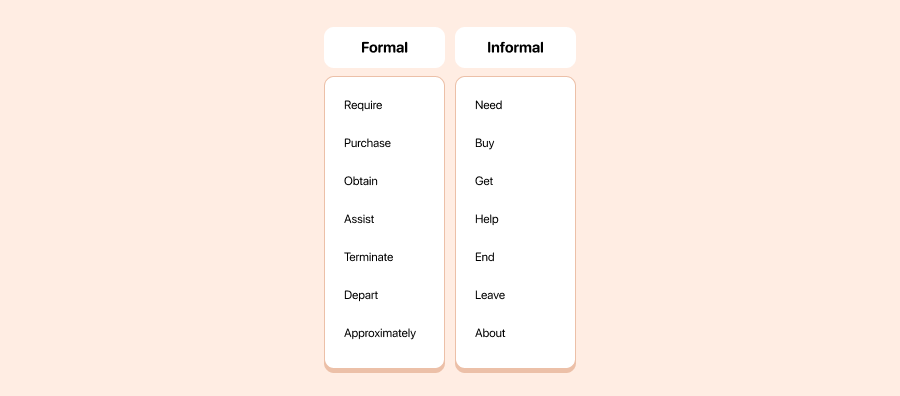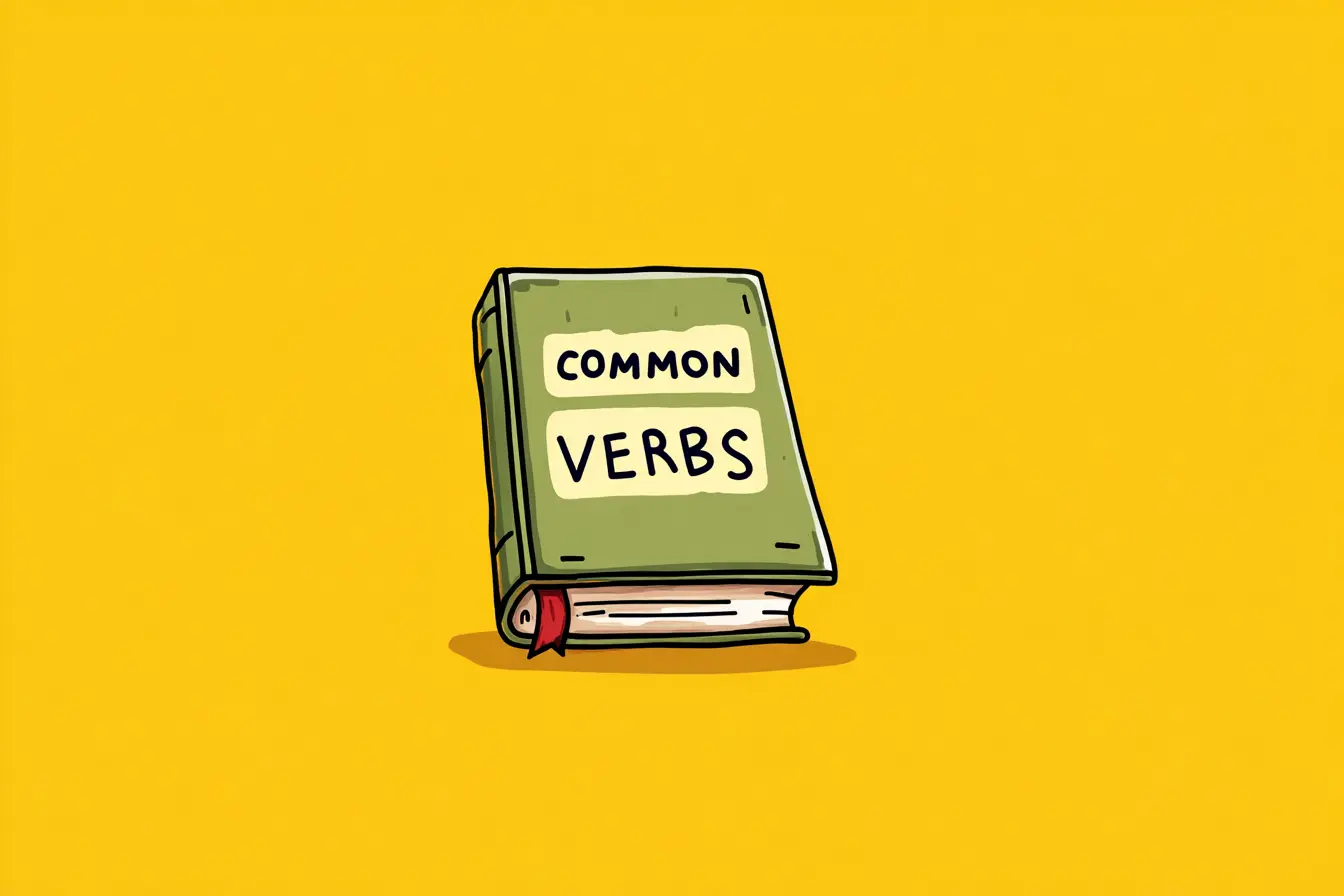Have you ever sent an email and instantly regretted how casual (or stiff) it sounded? Maybe you wrote “Hey, what’s up?” to your boss or started a text to your friend with “Dear Samantha, I hope this message finds you well.” (Yikes.)
Mastering the difference between informal and formal English is like knowing how to dress for an occasion — sometimes you need a suit, and other times, sneakers will do just fine. If you've ever wondered when to say words like “I’m gonna grab lunch” instead of “I am going to have lunch,” you’re in the right place.
Let’s break it down so you can use informal and formal language like a pro — without sounding awkward in either.
What Is the Difference Between Informal and Formal English?
The main difference comes down to tone, structure, and vocabulary.
- Formal English is more structured, polite, and professional. It’s used in business, academic, and official settings.
- Informal English is relaxed, conversational, and often includes slang or contractions. It’s how you speak with friends, family, or in casual messages.
Here’s a visual cheat sheet to help you see the differences:

Now that you have a clear picture, let’s dive deeper into when and how to use each one.
When Should You Use Formal or Informal Language?
The biggest factor in choosing the right style is context — who you’re talking to and why.
Use formal language when:
✅ Writing a business email or cover letter
✅ Giving a presentation at work or university
✅ Communicating with clients, professors, or officials
✅ Writing essays or reports
✅ Addressing someone you don’t know well
Use informal language when:
✅ Texting a friend or chatting online
✅ Writing on social media (unless it’s professional)
✅ Talking with family or close colleagues in casual settings
✅ Creating a fun and engaging blog post 😉
📌 A good rule of thumb: If in doubt, go formal. It’s easier to tone down formal English than to fix an overly casual message.
Formal vs. Informal Language Examples in Action
Let’s put theory into practice with some real-life examples of these two kinds of speech.
🔹 Emails & Messages

🔹 Requests & Invitations

🔹 Opinions & Expressions

🔹 Academic vs. Everyday Speech

Can you notice the patterns? Formal language avoids contractions (do not vs. don’t), uses precise words (assistance instead of help — same meaning, but a different level of formality), and sounds more polished. Informal language is shorter, friendlier, and often includes slang or idioms.
How to Adapt Your English Style Like a Pro
🎯 1. Know Your Audience and Purpose
To choose formal or informal style, ask yourself before writing or speaking:
👉 Who am I talking to?
👉 What’s the purpose of this message?
If you're emailing your professor, lean formal. If you're texting your friend, loosen up.
🎯 2. Use the Right Vocabulary
Swap formal words for informal ones depending on the situation. Here’s a quick reference:

🎯 3. Adjust Your Grammar and Sentence Structure
Formal English follows strict rules. Informal English can bend them.
- Formal: I would like to discuss the project further.
- Informal: Let’s talk more about the project.
- Formal: It is essential that we complete this task today.
- Informal: We gotta finish this today.
🎯 4. Be Careful with Slang and Idioms
Slang makes conversations fun, but it can sound unprofessional in formal settings.
🚫 This project is a total train wreck! (Too informal)
✅ This project is facing significant challenges. (More formal)
🚫 I totally screwed up that report.
✅ I made an error in the report.
Use slang only when you’re sure it's appropriate.
🎯 5. Read the Room (or the Email Chain)
One of the best tricks? Match the other person’s tone.
If a client sends you a super formal email, don’t reply with “Hey there! Sounds good 😊” — keep it professional. But if they’re more casual, it’s okay to loosen up a little.
Balance Is Key
You don’t have to be ultra-formal all the time, nor should you sound like a teenager in every text. The secret to switching between informal and formal English like a pro is awareness and adaptability.
✔️ Be formal when necessary — at work, in school, or with new acquaintances.
✔️ Be informal when appropriate — with friends, family, and casual conversations.
✔️ Don’t overdo it — balance your tone so you sound natural and confident.
Now go out there and own your English style! Whether you’re sending an email or chatting with a friend, you’ll never feel out of place again.


















